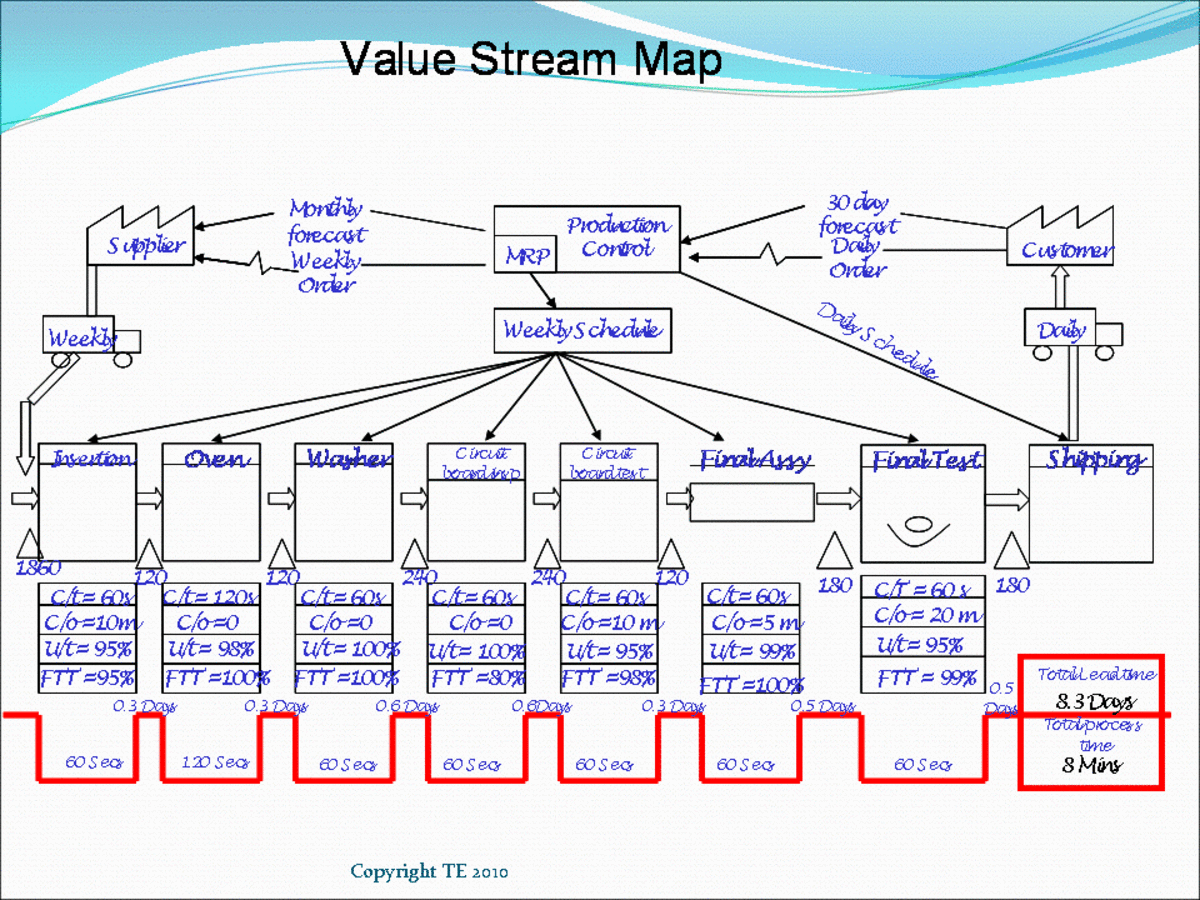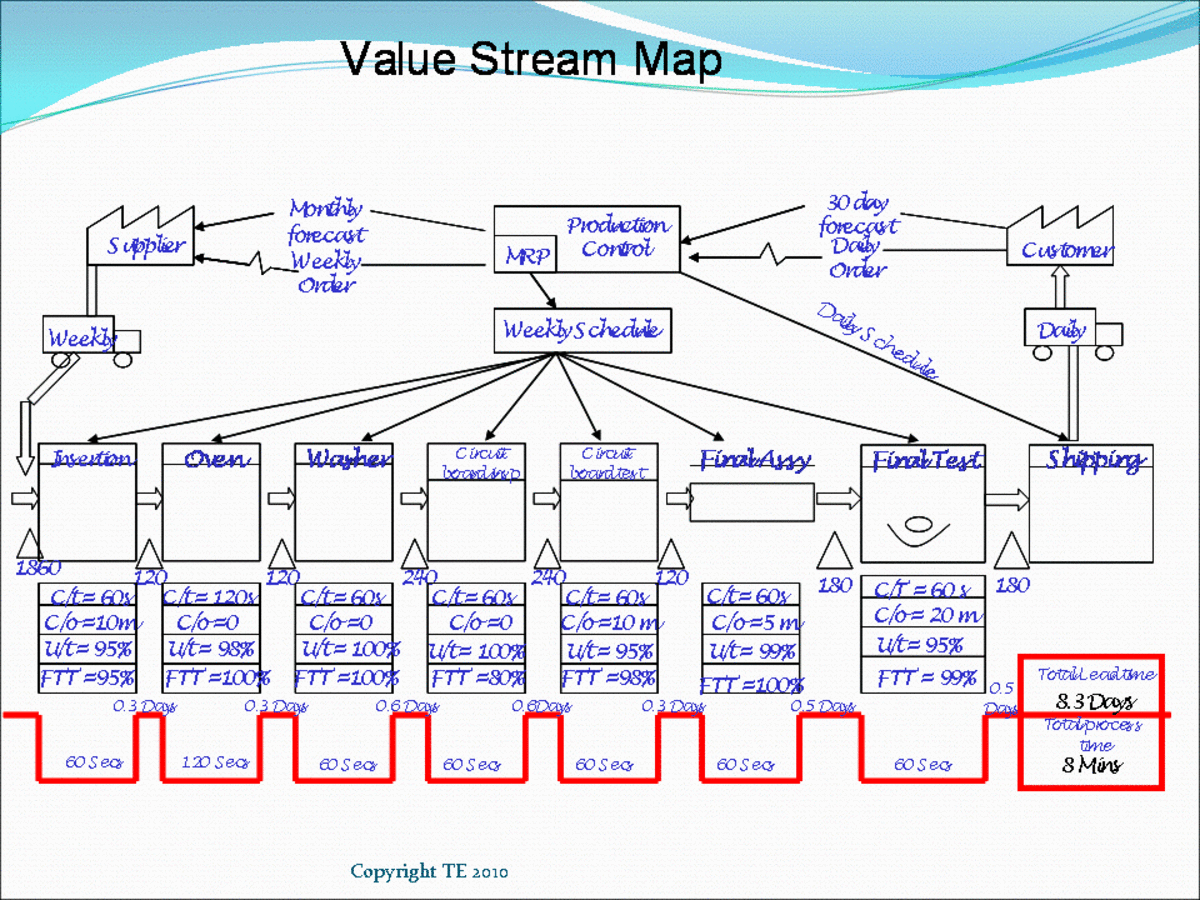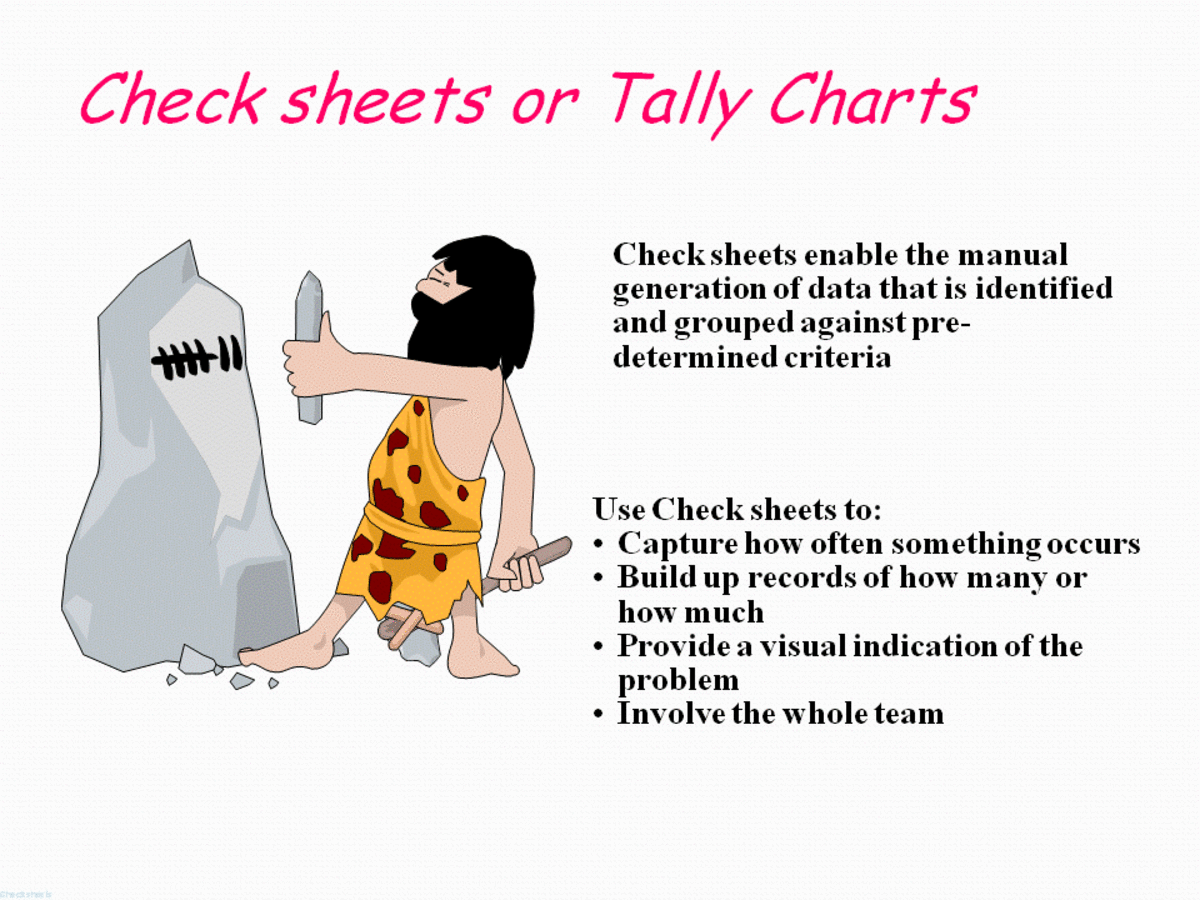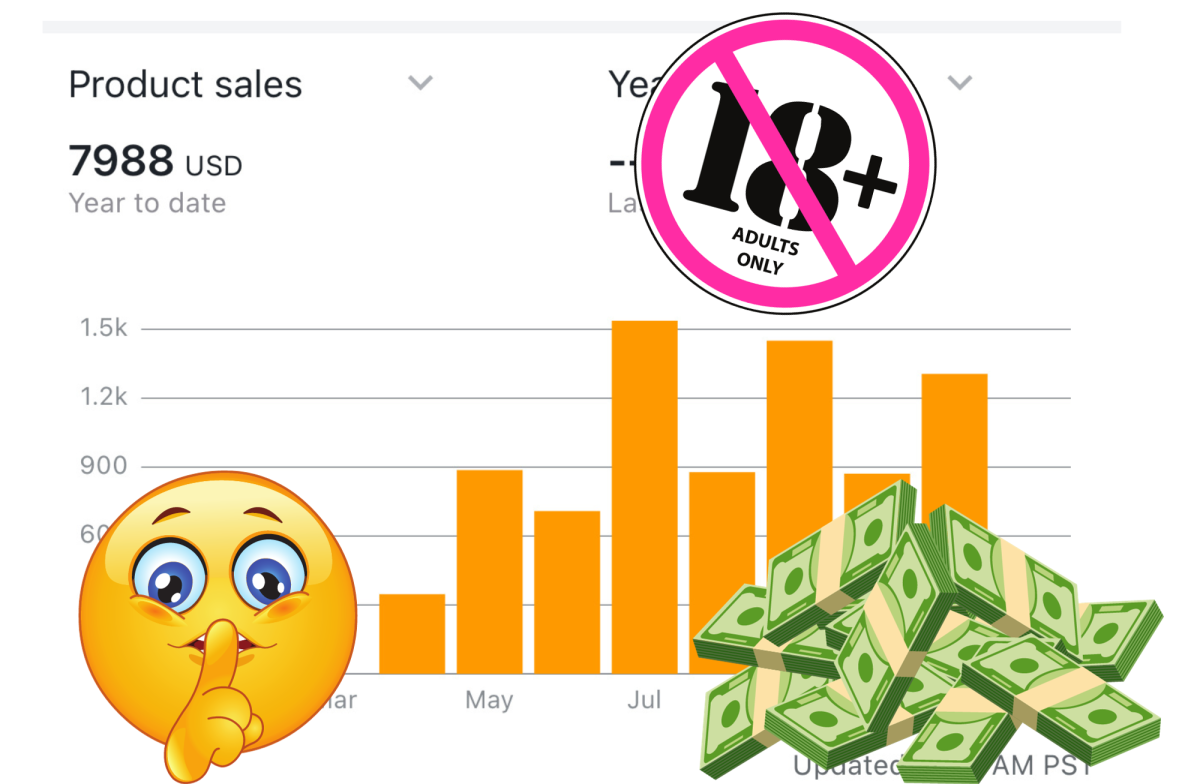Using Process mapping to simplify work
Process Mapping
Process mapping is a simple method of detailing the specific tasks that are undertaken within the process with the aim of simplifying and improving that process. Far too often people will just create a simple flow chart and use that as the standard way of working or as a procedure without looking at it critically to see if the process could be improved and simplified.
Process mapping is usually done using just a few standard methods;
These are the most commonly use types of process flow diagrams that are used within techniques such as Lean Manufacturing, Business Process Improvement, Six Sigma and just about every other type of business improvement philosophy.
I am not going to get into the detail of how to create a value stream map or a flow chart in this article, follow the links above if you want to read how to create them, the aim of this article is very much about using simple techniques to analyze these charts and create an improvement.
Value Stream Process Map
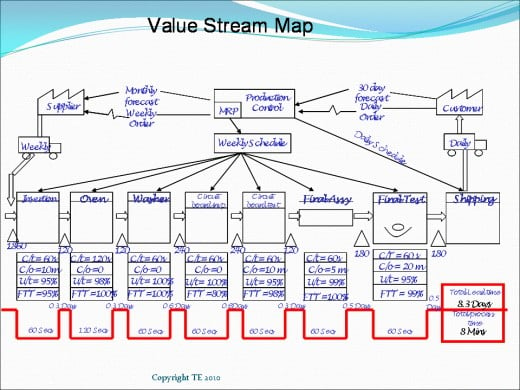
Eliminate Waste from the Process
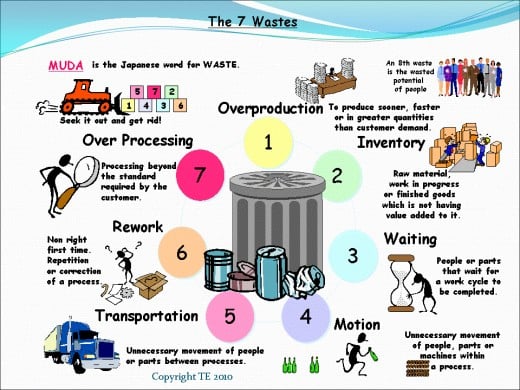
Value Stream Mapping Video
Eliminating waste (Non-Value Adding steps)
The aim of course within any process improvement is to eliminate waste; waste being generally identified by looking at the seven wastes of lean. We want to either eliminate or minimize each wasteful step in the process which means that we look at each of the wastes in turn (TIMWOOD);
- Transport
- Inventory
- Motion
- Waiting
- Overproduction
- Over Processing
- Defects
Each one of these wastes adds no value to our processes and as such we want to eliminate them, but first we have to identify them within our process flow. In many instances these wastes are obvious but sometimes they are not and without carefully questioning the process we just find ourselves improving and simplifying a process that adds no value; we get better at doing things that we should not be doing at all!
Waste often makes up around 95% of the steps of any process when you break it down, while some of these steps may be unavoidable with the technology that you are currently using you will be able to eliminate many of the others with some careful thought.
Process Mapping Video
The 5Ws and 1H
The 5Ws and 1H are usually tools that are used by journalist and writers and are immortalized within the quote by Rudyard Kipling;
“I keep six honest serving-men, (They taught me all I knew);
Their names are What and Why and When, And How and Where and Who.”
These questions are the vital questions that you should be asking when looking at any step in the process flow, however they should be asked in a specific order if you want to get the very best from them.
Why?
Why is the most important of the 5Ws and we will be asking why in conjunction with all of the other questions to find out if they add any real value. You may also be aware of the power of asking why through the use of the 5 Whys quality tool where you ask why five times to get to the root cause of a problem rather than just dealing with the initial symptoms.
Far too often we forget to ask why;
Why are we actually doing what we are doing? Is it adding any value? Is anyone actually going to use this information? etc.
Why is this person doing it? Could it not be done by someone different? Do we need to train or empower someone else?
Why are we doing it here? Can we not move this process next to the previous?
Why are we doing this now? Could it not be done earlier or later?
Why is the most powerful question and failing to ask it often results in us making unnecessary processes more efficient; so we get better at making waste.
Simple Process Mapping
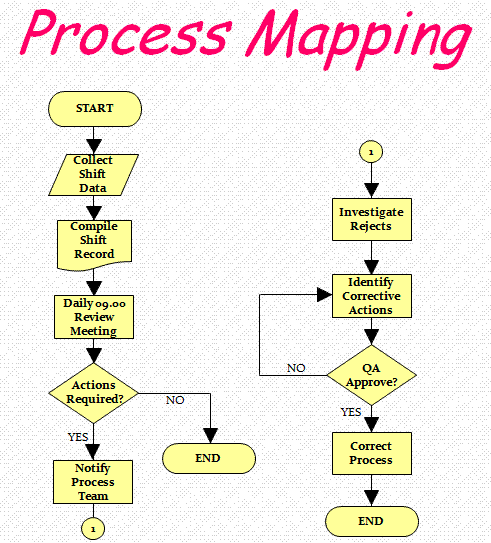
What
This is the first thing that we look at within the process flow; what are we doing? For instance the step may be to complete a form, we then ask the question “Why?” Far too often when you ask the question “why” no one knows the answer or by further questioning you find that really what you are doing adds no value at all. I often find forms that are completed and then filed by the next department without being read or used at all; they may have been a requirement in the past due to some customer or legal need or even just a misguided person creating a process that they saw elsewhere, but now there is no need for the form at all; another common finding here in today’s age is that they don’t need the form as all of the data is already in the computer system.
So consider the answer to this step and keep asking why, “what are we doing and why?” This will often lead to some simple but effective improvements to any system. We move the item from A to B, why; because A is 10M from B, Why? Because it was originally put there. Why? No specific Reason. Can we move A next to B or Vice versa?
The best example I have ever heard of this was from a quality auditor who asked the simple question as to what "AR" was on a production form and why is it always zero? No one could answer what it was; they searched through archives going back many years still finding that AR which was recorded continuously and included in their computer systems was always zero. Eventually a retired employee was able to answer; it was the number of Air Raids and had been on the form since world war 2! So for several decades everyone had been filling in a form that was of no value to anyone and they had even added it to their computer systems for recording. So just why are we doing what we are doing?
Who and Where
Why is the task done here and by this person? Often there is a lot of opportunity to simplify and improve processes through training individuals so that work does not have to be passed from one department to another for analysis or approval. Improve people’s training and give them the authority to make simple decisions to eliminate wasteful steps.
When
Why do we do it at this stage in the process? Is there a better place in the process for it to be done? Maybe there is an opportunity for someone else to do this operation at a later or previous stage where that person has “free” time while they wait for a machine.
How
This should be the last question that you ask, too often people jump straight to this point and simplify and improve how a task is being done rather than questioning if the task should be done at all and if it should by who, where and when?
Work simplification
So remember when you are trying to improve a work flow using process mapping of any type you need to ask yourself “Why” to the following before you ask yourself “How”;
- What
- Where
- Who
- When
How Much can you Save Simplifying a Process?
A company I worked for had a huge range of products; many thousands of variations of suspension seats for off road vehicles. The variations were enormous but mainly because there were several forms of suspensions, each could contain any one of a dozen or more dampers. Seats could be of several different styles and seats and backs could be mixed and matched. Different styles of armrests, headrests, and hundreds of different fabrics and colors etc.
The problem for the company and for its customers was that for even small design changes the companies process could take as long as 3 months (13 weeks). This could be for something as simple as changing which arm rest was fitted to the seat, the type of damper or even the color of the fabric. As you can imagine this was unacceptable.
Our project aim was to reduce the time to 1 week.
So we mapped out the entire process from start to end and really challenged every step of the process, especially the why are we doing it? and Who has to do it? We did this for some 6 weeks and were able to chop out many unnecessary steps in the process and also uatomate much of it with software that we already had.
We were meant to give an interim report at the end of the six weeks to the entire management team to talk about the progress that we had made and what we felt we could achieve. We had the management team design a new seat using existing components which took around 10 minutes from start to finish. At the end of the meeting we delivered the full seat, all of the drawings and quality paperwork.
We had reduced what had been taking months to just an hour!

